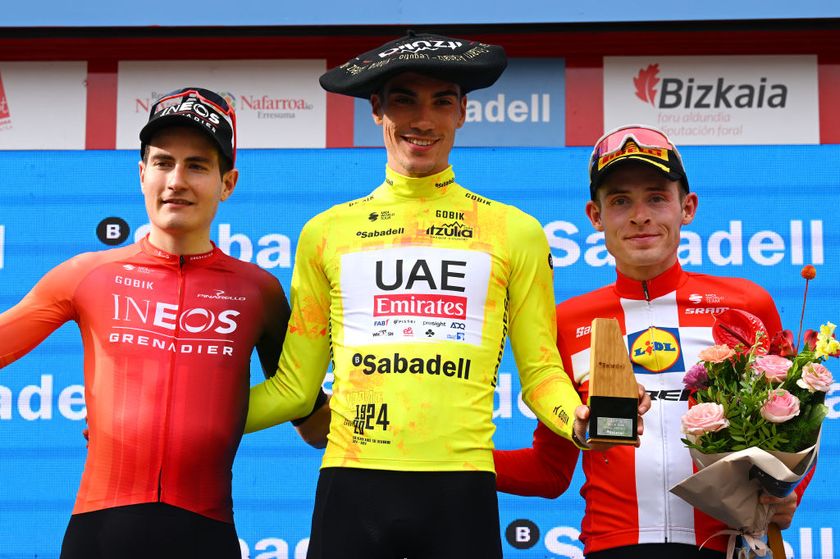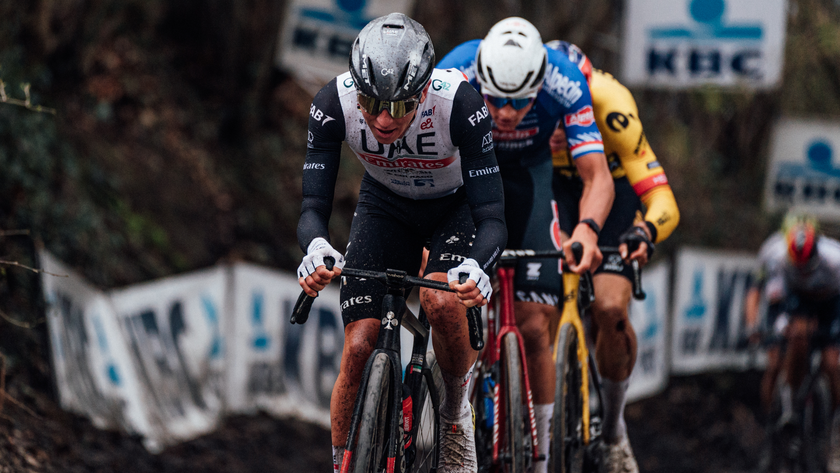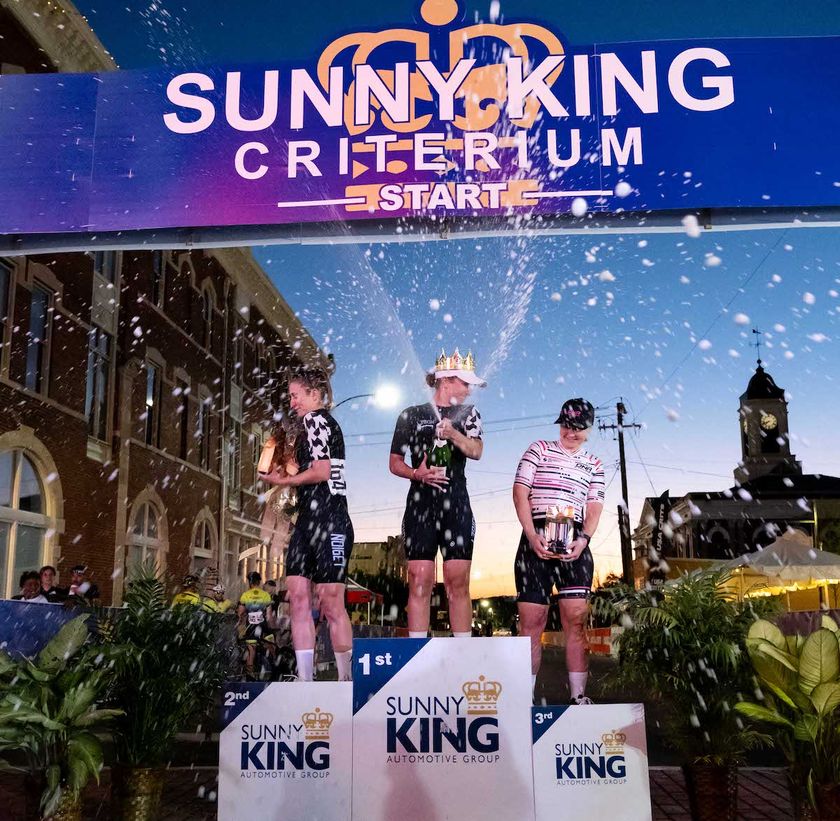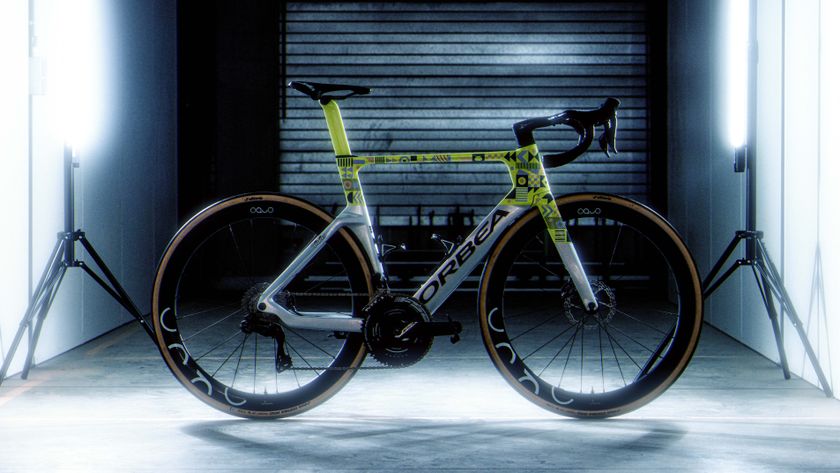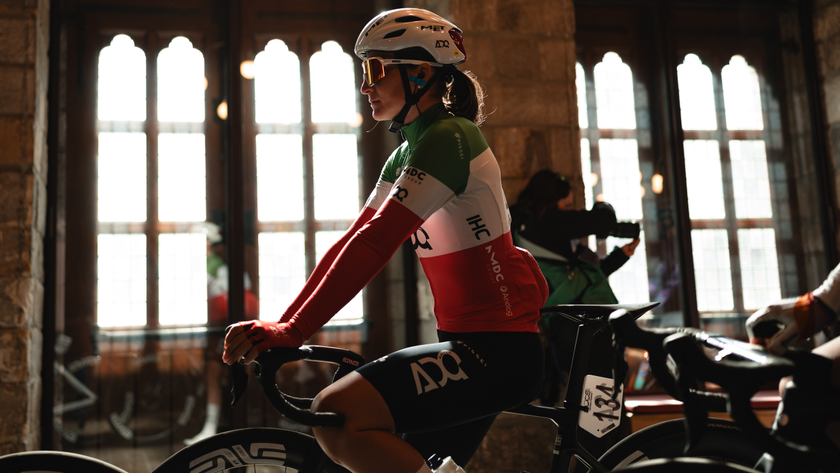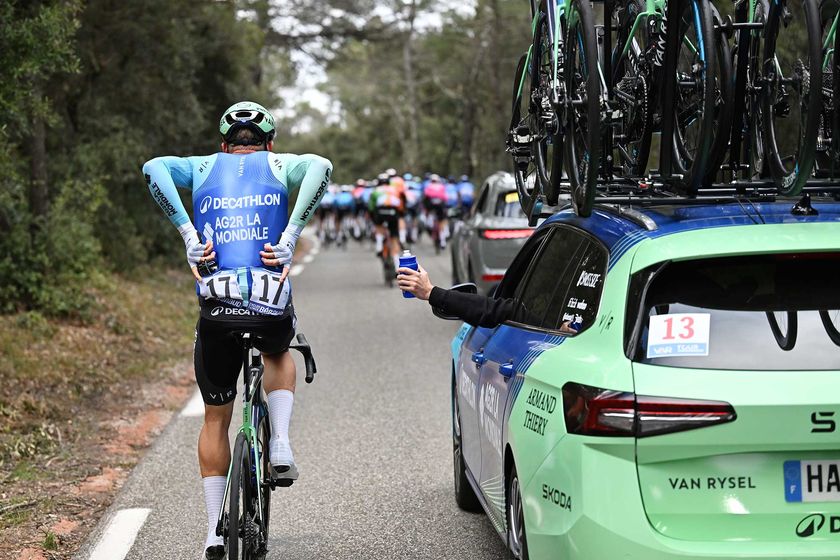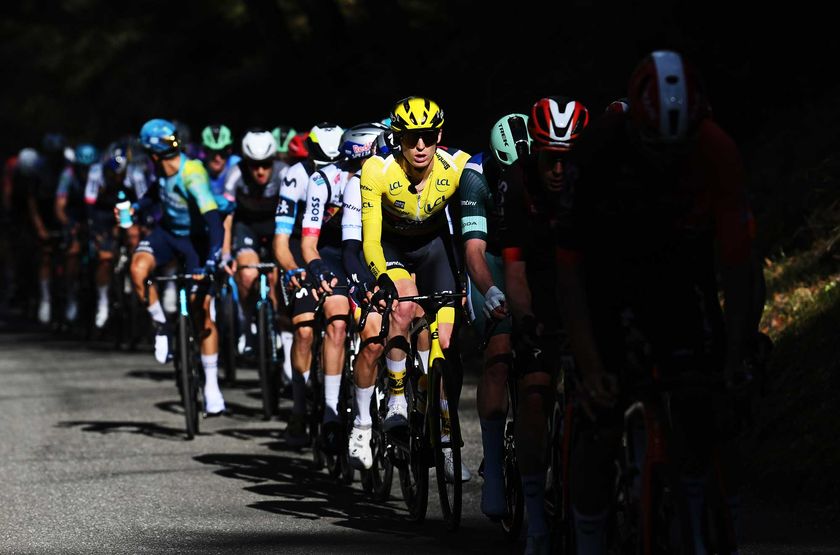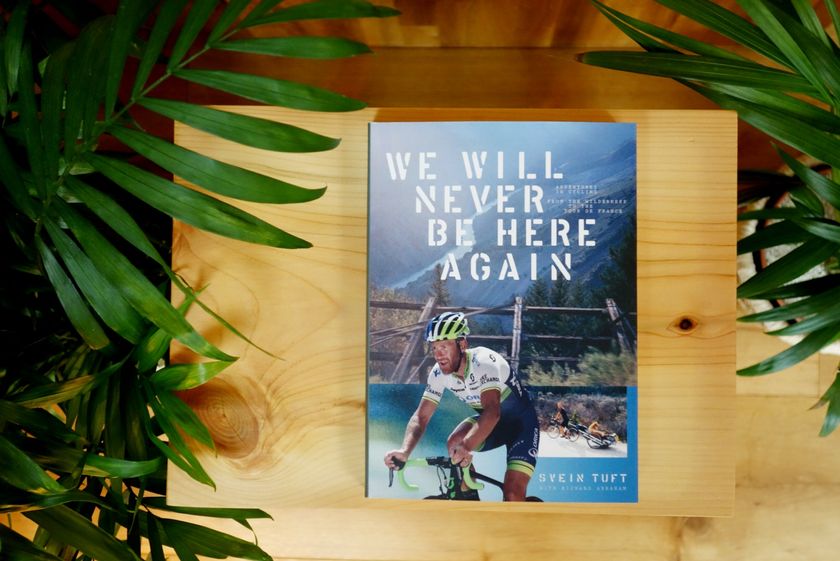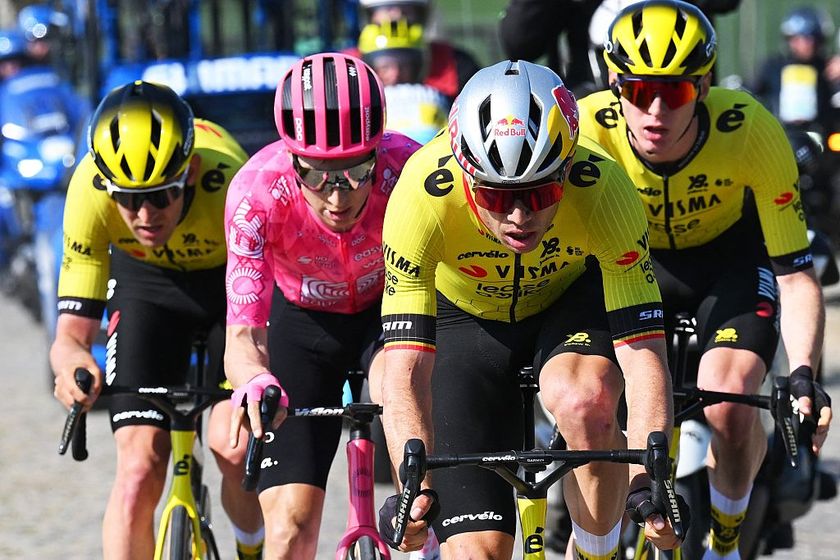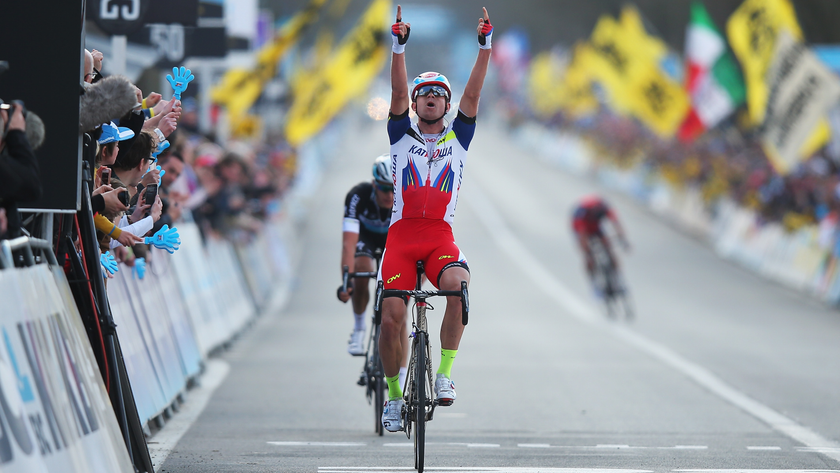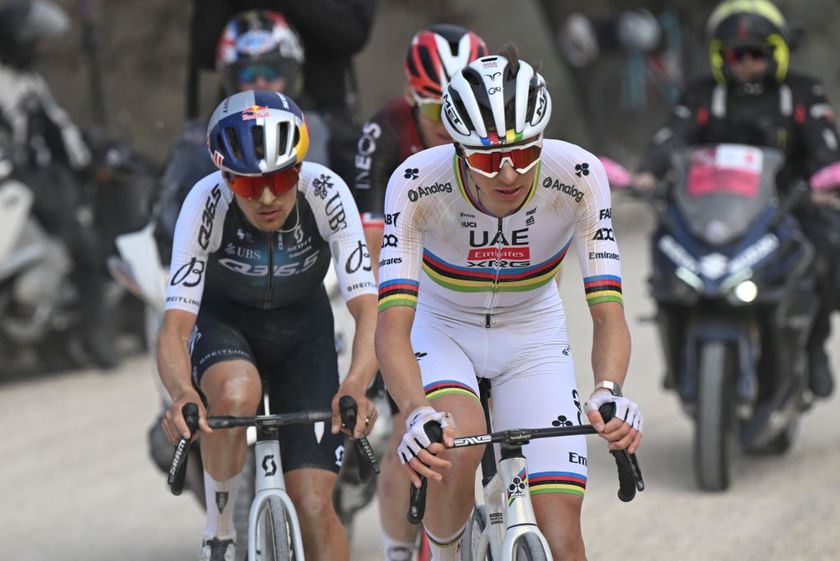Philippa York: Analysing the state of play on the Tour de France's first rest day
Contemplating Ineos Grenadiers and Jumbo-Visma’s failure to live up to expectations and the cause of all those crashes
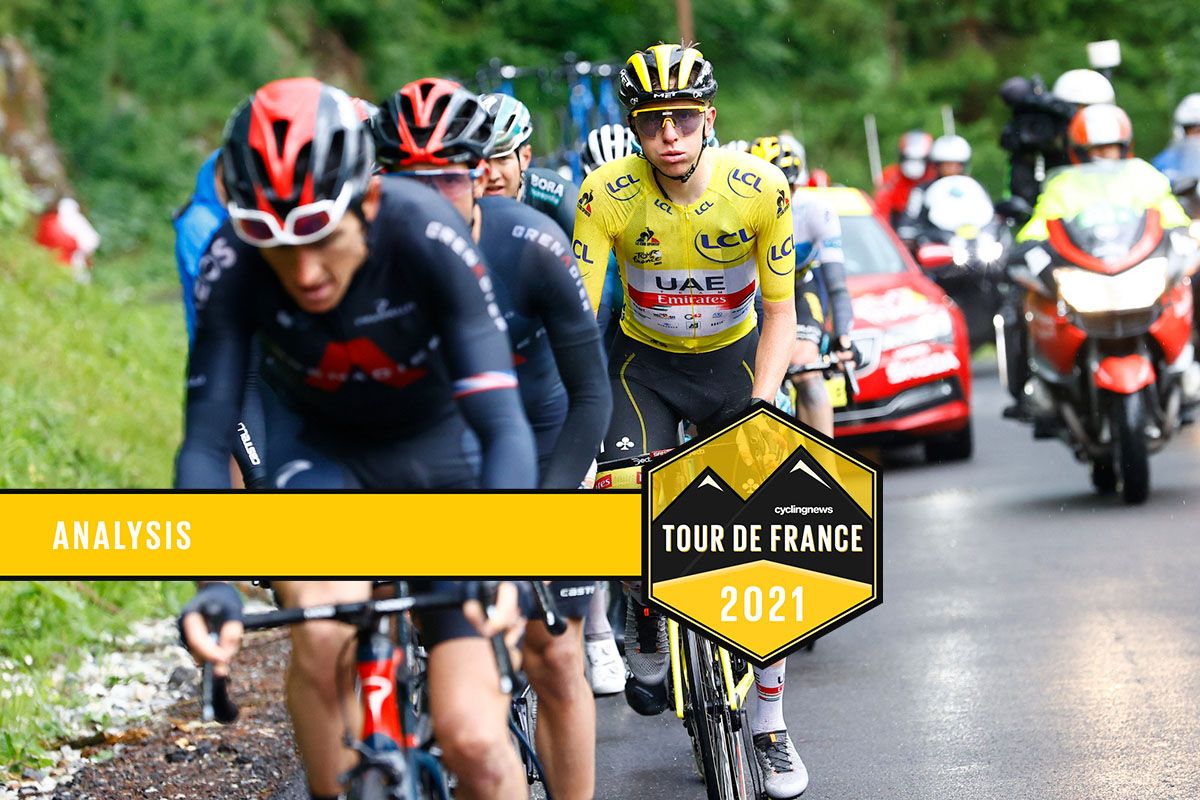
It's the first rest day of the 2021 Tour de France and the long-term outlook suggests that this race is heading in one direction, with a second title on the cards for Tadej Pogačar and UAE Team Emirates.
After the time trial on stage 5, the opening encounter in the big mountains showed us the riders who are in the battle for the podium places. However, the way that last year’s winner rode away from his challengers on the Col de Romme, and again the next day on the long climb up to Tignes, demonstrated that he is a level above everyone else.
Following a tricky stage 7 and the multiple attacks, there was speculation that the UAE squad was going to be in trouble if it had to defend the race lead but the form of Pogačar has answered any doubts on that front. He is quite clearly the strongest rider in the race and with that luxury the tactics of how to defeat him become way more complicated because, despite the horrendous conditions, UAE has kept the race under control. When that control finally ends they simply hand it over to their young Slovenian leader and he does the rest.
The main interest now seems to lie in who else amongst those in the top ten will be on the podium in Paris. That probably won’t be decided until the Pyrenees are passed and the final time trial negotiated. If the Alps are anything to go by then who occupies the second and third places could change each day as the riders Pogačar leaves behind all appear to be on a similar level. Everyone is hoping that the weather improves for the final two weeks as then at least the climatological effects on individuals will be removed.
What’s been fascinating is the relative collapses of the two biggest teams during this opening week. Of course, the multiple crashes in Brittany can excuse a lot of the disappointments but it doesn’t explain why so many weaknesses are now appearing, particularly given how stacked Jumbo-Visma and Ineos Grenadiers are with talent.
With Primoz Roglič no longer in the race Jumbo are relying on Jonas Vingegaard for the GC, which is some consolation, and over at Ineos, Richard Carapaz has confirmed the suspicions that he would end up being their protected rider once the racing got serious. But where are all the others? Where is the Jumbo assault on the yellow jersey of last year and the British squad's infernal pace-setting in the decisive moments?
Other than a few fleeting glimpses of the past, both of the pre-race favourite teams have failed to live up to the expectation that this Tour de France would be Jumbo versus Ineos with Pogačar as the uncomfortable interloper. One leader or four leaders and all the talk of surprises hasn’t made much difference, not when you don’t have the best rider.
Get The Leadout Newsletter
The latest race content, interviews, features, reviews and expert buying guides, direct to your inbox!
There are a few things that struck me about the first part of the race and it’s to do with the number of crashes that occurred. There have always been falls in the hectic days, everyone is nervous, there’s no hierarchy yet and especially in Brittany where the roads can be pretty small for a full-size peloton. That means there’s a certain inevitability that incidents will happen. What seems more peculiar with this edition is they seem to have captured more riders from the bigger teams and consequently more of the GC contenders than normal.
I’m wondering if part of this isn’t due to the current vogue of doing less racing and replacing it with more and more training camps. Remco Evenepoel (Deceuninck-QuickStep) spoke about coming back to racing after a long time away and having to regain race sharpness and the skills that allow you to ride close to your fellow competitors without too much stress.
This is evident when everyone emerges from the winter period and the first races are run. They are usually crash-filled just because no one is used to riding in such a big group and not everyone has honed their reactions to coping with the nervousness of competition.
It’s all very well having four or six weeks off to prepare physically for a major rendezvous, and it may be that at the end of the much-touted altitude camp the riders are in near peak condition but that also means that they come back to racing without the very sharpness they’ll need to cope with being in the peloton again.
You can train to develop the necessary strength and power but without the competition sphere, you aren’t under the same levels of mental stress that happen during racing. There aren’t any waves coming through the group. There’s no one out-braking you into corners and there’s no fighting for position before a small road.
This is all stuff you get from actually literally rubbing shoulders with your rivals and it seems to me that it could be a factor in the moments of inattention and lapses of concentration that have caused a few of the falls we witnessed in the first few stages. There’s also a mental hardness that you develop from racing and you won’t get that fully from training either. It might seem that way if you’re dominating the race but when that’s not the case you need to be resilient and able to cope with the suffering inflicted by others.
I’m not saying that there has to be a return to the previous ways of riding one race after another until the workload became too much, but maybe there’s a case to be made that a bit more racing could be better preparation to deal with all the aspects needed to be competitive.
Philippa York is a long-standing Cyclingnews contributor, providing expert racing analysis. As one of the early British racers to take the plunge and relocate to France with the famed ACBB club in the 1980's, she was the inspiration for a generation of racing cyclists – and cycling fans – from the UK.
The Glaswegian gained a contract with Peugeot in 1980, making her Tour de France debut in 1983 and taking a solo win in Bagnères-de-Luchon in the Pyrenees, the mountain range which would prove a happy hunting ground throughout her Tour career.
The following year's race would prove to be one of her finest seasons, becoming the first rider from the UK to win the polka dot jersey at the Tour, whilst also becoming Britain's highest-ever placed GC finisher with 4th spot.
She finished runner-up at the Vuelta a España in 1985 and 1986, to Pedro Delgado and Álvaro Pino respectively, and at the Giro d'Italia in 1987. Stage race victories include the Volta a Catalunya (1985), Tour of Britain (1989) and Critérium du Dauphiné Libéré (1990). York retired from professional cycling as reigning British champion following the collapse of Le Groupement in 1995.

